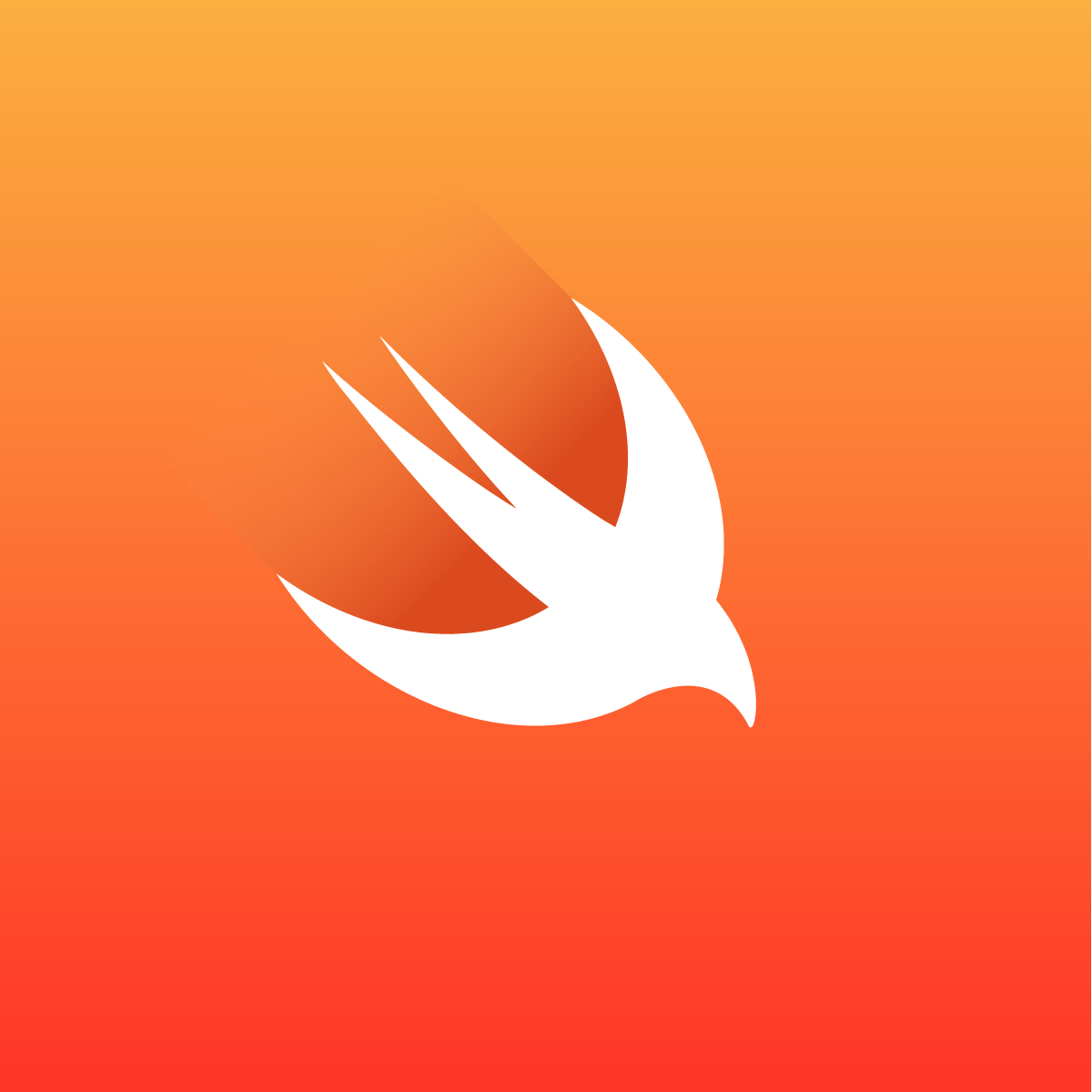- August 28, 2025
- Mins Read
Typist is a small, drop-in Swift UIKit keyboard manager for iOS apps. It helps you manage keyboard’s screen presence and behavior without notification center and Objective-C.
Usage
Declare what should happen on what event and start() listening to keyboard events. That’s it.
let keyboard = Typist.shared // use `Typist()` whenever you can, see note on singleton usage below
func configureKeyboard() {
keyboard
.on(event: .didShow) { (options) in
print(“New Keyboard Frame is \(options.endFrame).”)
}
.on(event: .didHide) { (options) in
print(“It took \(options.animationDuration) seconds to animate keyboard out.”)
}
.start()
}
You must call start() for callbacks to be triggered. Calling stop() on instance will stop callbacks from triggering, but callbacks themselves won’t be dismissed, thus you can resume event callbacks by calling start() again.
To remove all event callbacks, call clear().
You can dismiss keyboard interactively when using Typist with UIScrollView instances.
let keyboard = Typist()
func configureKeyboard() {
keyboard
.toolbar(scrollView: tableView) // Enables interactive dismissal
.on(event: .willChangeFrame) { (options) in
// You are responsible animating inputAccessoryView
}
.on(event: .willHide) { (options) in
// Triggered when keyboard is dismissed non-interactively.
}
.start()
}
.on(event: .willChangeFrame, do: {...}) will update as frequently as keyboard frame changes due to UIScrollView scrolling. It is good practice to implement .willHide portion as well since keyboard might be dismissed non-interactively, for example, using resignFirstResponder().
Example from above is implemented in demo app.
Usage of shared singleton, considered to be OK for convenient access to instance. However, it is strongly recommended to instantiate dedicated Typist() for each usage (in UIViewController, most likely). Do not use singleton when two or more objects using Typist.shared are presented on screen simultaneously, as it will cause one of the controllers to fail receiving keyboard events.
Every event callback has a parameter of Typist.KeyboardOptions type. It is an inert/immutable struct which carries all data that keyboard has at the event of happening:
belongsToCurrentApp—Boolthat identifies whether the keyboard belongs to the current app. With multitasking on iPad, all visible apps are notified when the keyboard appears and disappears. The value istruefor the app that caused the keyboard to appear andfalsefor any other apps.startFrame—CGRectthat identifies the start frame of the keyboard in screen coordinates. These coordinates do not take into account any rotation factors applied to the view’s contents as a result of interface orientation changes. Thus, you may need to convert the rectangle to view coordinates (using theconvert(CGRect, from: UIView?)method) before using it.endFrame—CGRectthat identifies the end frame of the keyboard in screen coordinates. These coordinates do not take into account any rotation factors applied to the view’s contents as a result of interface orientation changes. Thus, you may need to convert the rectangle to view coordinates (using theconvert(CGRect, from: UIView?)method) before using it.animationCurve—UIView.AnimationCurveconstant that defines how the keyboard will be animated onto or off the screen.animationDuration—Doublethat identifies the duration of the animation in seconds.animationOptions—UIView.AnimationOptionshelper property that maps theanimationCurveto its respectiveUIView.AnimationOptionsvalue. Usefull when performming view animations usingUIView.animate(....
Following keyboard events are supported:
willShowdidShowwillHidedidHidewillChangeFramedidChangeFrame– e.g. when keyboard is dynamically dismissed from scroll view interaction.
If you declare two closures on same event, only latter will be executed.
Installation
You can use CocoaPods to install Typist by adding it to your Podfile:
platform :ios, ‘8.0’
use_frameworks!
pod ‘Typist’
Import Typist wherever you plan to listen to keyboard events. Usually in your UIViewController subclasses.
import UIKit
import Typist
Create a Cartfile that lists the framework and run carthage update. Follow the instructions to add $(SRCROOT)/Carthage/Build/iOS/Typist.framework to an iOS project.
github “totocaster/Typist”
Initialize your project with Accio using the init command.
Add the following to your Package.swift:
.package(url: “https://github.com/totocaster/Typist.git”, .upToNextMajor(from: “1.4.2”)),
Next, add Typist to your App targets dependencies like so:
.target(
name: “App”,
dependencies: [
“Typist”,
]
),
Then run accio update.
Download and drop Typist.swift in your project.
GitHub
- August 27, 2025
- SwiftUI
This package provides you with an easy way to show tooltips over any SwiftUI view, since Apple does not provide ...
- August 27, 2025
- SwiftUI
- Uncategorized
SimpleToast is a simple, lightweight, flexible and easy to use library to show toasts / popup notifications inside iOS or ...
- August 27, 2025
- SwiftUI
Create Toast Views with Minimal Effort in SwiftUI Using SSToastMessage. SSToastMessage enables you to effortlessly add toast notifications, alerts, and ...



